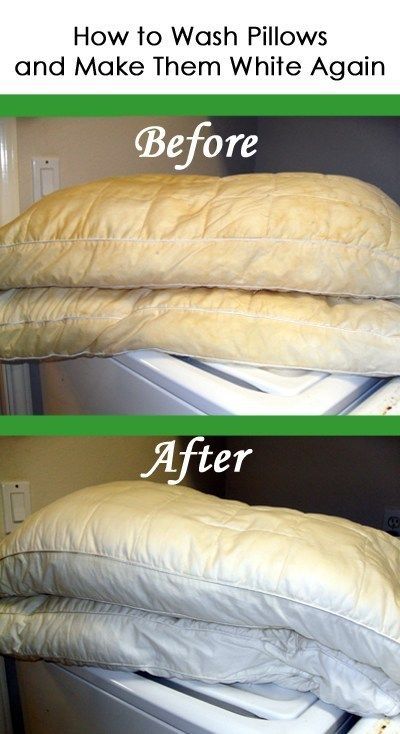I dare you to go and look at your pillows. Depending on your level of gross-ness you either need to
1: Give them a clean using this method. OR
2: Toss them in the bin and rush to the store for new ones.
My pillows are in pristine condition (scoff) they don’t need cleaning at all but if they did then this is worth a try.
Whilst some pillows today are affordable to simply toss out when they start fluffing themselves at night. But some of us (not me) spend $40+ on a pillow and getting it cleaned might be more practical.
I also live the concept of using the sunshine to clean my pillows, On occasion when making the beds I put the un-washable items in the sun for some sun soak time. I think this is a good way to clean and freshen your pillows and doona quilts too.
I also use a Eucalyptus dust mite spray on items that can not be washed.
It is important to regularly clean your bed pillows to ensure you are sleeping in a healthy and hygienic environment. Not only can dirt and dust accumulate in the fabric of the pillow, but there are also all sorts of bacteria that can live in your pillow. To help you keep your pillows clean and free from bacteria, here is a guide on how to properly clean them.
The first step to cleaning your bed pillows is to understand the types of bacteria that can be present. Common bacteria that can live in your pillow include staphylococcus, streptococcus, and pseudomonas. These bacteria can cause a range of illnesses, from the common cold to more serious infections.
Once you know the type of bacteria that can be in your pillow, it is important to clean it regularly. To start, remove the pillow from the pillowcase and place it in the washing machine. Use a mild detergent and cold water, and set the machine to a gentle cycle. After the cycle has finished, hang the pillow to dry in a well-ventilated area. You can also use a dryer on a low temperature setting to speed up the drying process.
It is also important to regularly vacuum or brush your bed pillows. This will help to remove any dirt, dust, or other particles that have accumulated in the fabric. Additionally, it is a good idea to use a deodorizer or fabric refresher spray to help keep your pillows smelling fresh.
Finally, it is important to replace your bed pillows every two to three years. This will help to ensure you are sleeping on a clean pillow that is free from bacteria and other contaminants.
By following these steps, you can help to ensure your bed pillows are clean and free from bacteria. Regularly cleaning and replacing your bed pillows is an important part of maintaining a healthy and hygienic sleeping environment.
